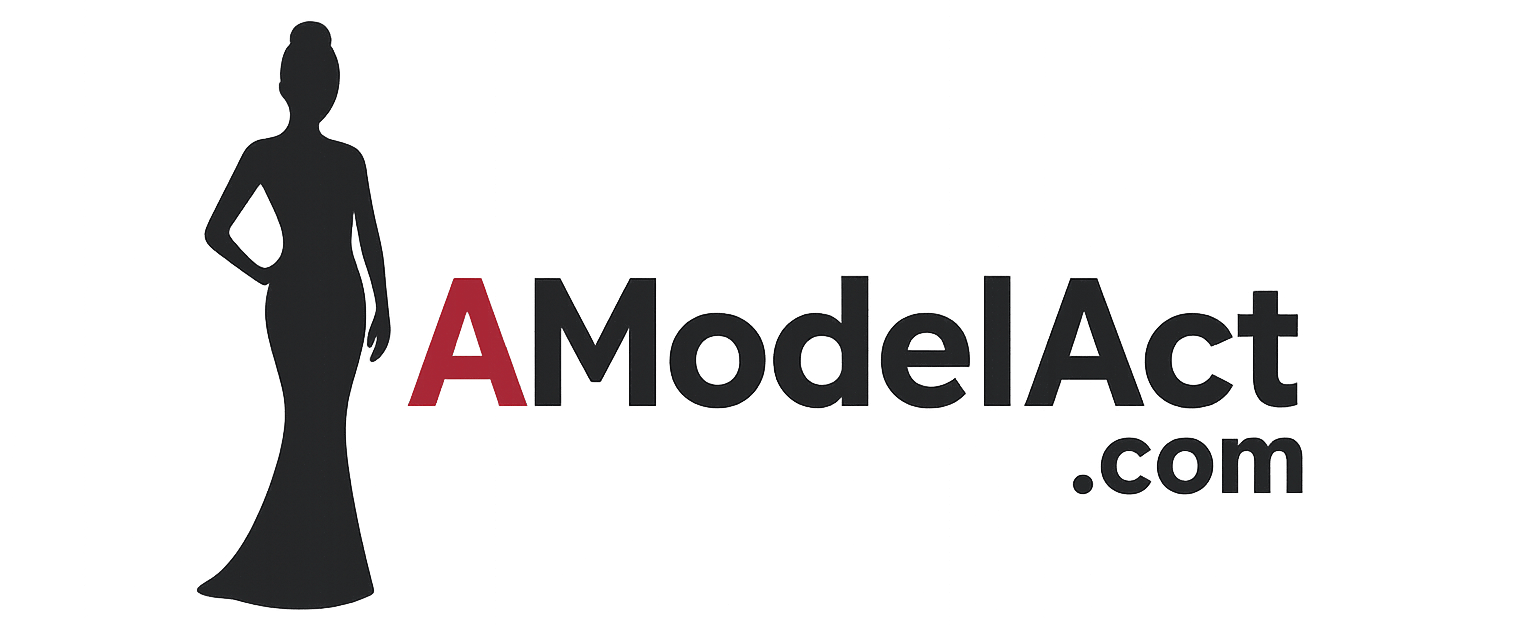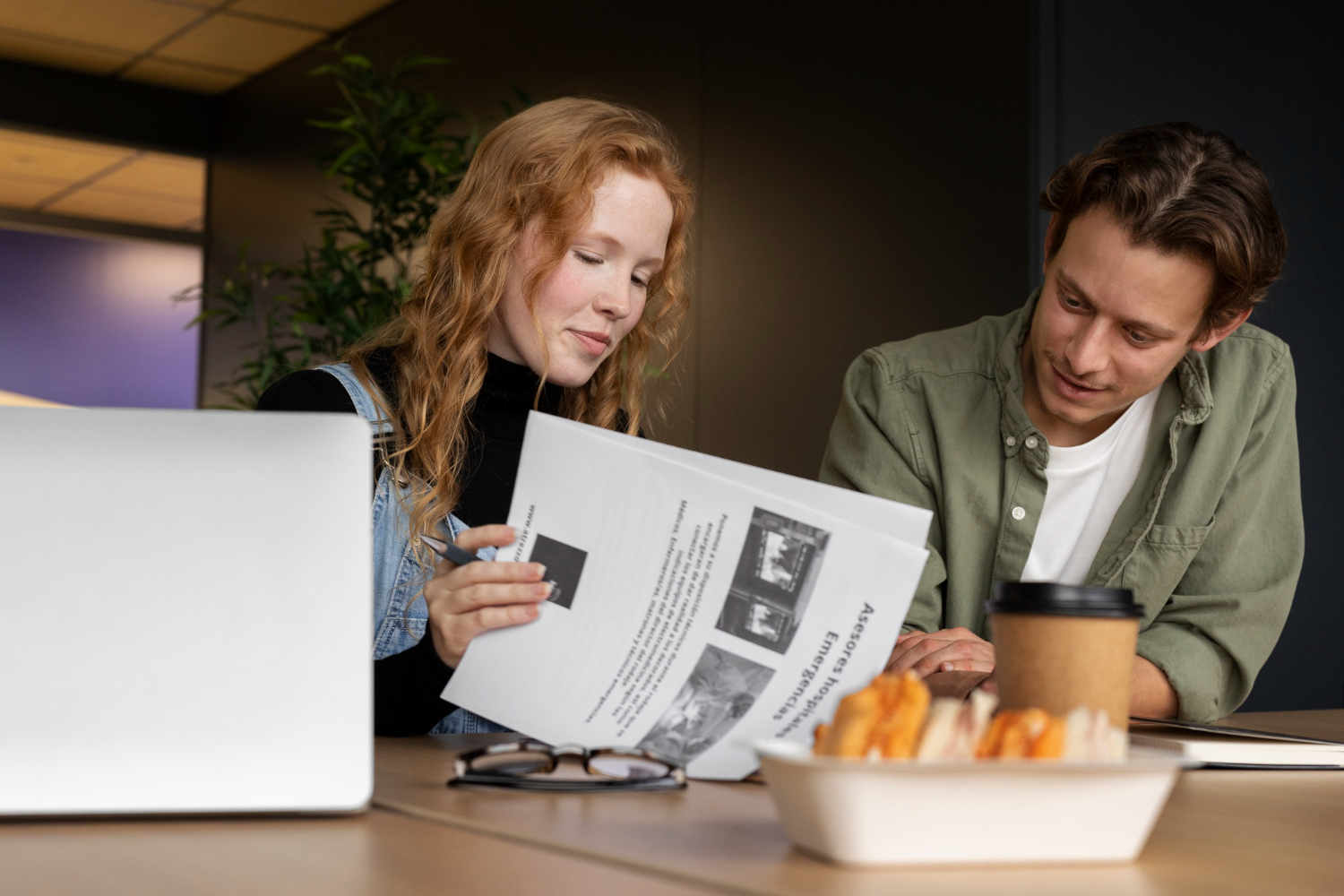Landing a feature in a major magazine is a dream for most models. It’s not just about prestige, it’s about visibility, credibility, and the opportunity to connect with top-tier photographers, editors, and stylists. Getting your face in a print or digital issue of publications like Vogue, Elle, Harper’s Bazaar, or GQ can skyrocket your modeling career, especially when it’s timed with the right stage of your growth.
Over the years, I’ve realized that this kind of exposure doesn’t come by accident. You have to treat it like a strategic goal. It’s not about luck, it’s about preparation, timing, networking, and presenting the best version of yourself, both online and off. Here’s how I approached the journey and what worked in helping me understand how to get featured in major magazines.
Know Your Market and Your Strengths
Before reaching out to any publication, I had to take a close look at what kind of model I was and where I could realistically fit in. Some magazines favor edgy high-fashion editorials, while others are looking for commercial beauty, lifestyle, or fitness models. I couldn’t just throw my hat in the ring blindly, I had to tailor my brand.
I built a portfolio that highlighted my strengths. Whether it was beauty shots, avant-garde styling, or natural outdoor portraits, I made sure my images told a cohesive story. That clarity helped editors and casting directors visualize how I could fit into their upcoming issues.
Build a Strong, Professional Portfolio
No editor will take a chance on a model who doesn’t look ready for their pages. When I finally invested in high-quality test shoots and collaborated with photographers who had published work, my portfolio gained the depth it needed. Every photo had to show diversity but also align with the editorial tone of the magazines I was targeting.
One of my smartest decisions was studying previous magazine issues. I’d flip through Vogue Italia, Numero, or Allure, looking for recurring themes and posing styles. Then, I’d recreate that energy in my own way with new shoots.
Your portfolio should include a mix of full-body shots, headshots, fashion-forward poses, and clean, minimal looks that show off your versatility. Keep it up to date and don’t hesitate to cut older work that no longer represents your current standard.
Network With Stylists, Photographers, and Editors
In this industry, the gatekeepers to magazine features are not always the editors themselves. Often, it’s the creative team behind the shoots, photographers, makeup artists, hair stylists, and stylists, who bring in models they’ve worked with and trust. That’s why I made a habit of connecting with emerging creatives who had ambitions to shoot for magazines too.
I made sure to treat every collaboration like a potential editorial job. If they submitted our shoot to a magazine, I was proud to have been a part of it. Building relationships with the right creatives gave me access to opportunities I wouldn’t have landed on my own.
Sometimes, I attended gallery openings or small fashion events just to meet people in the editorial world. Those face-to-face conversations often led to test shoots and, eventually, published features.
Stay Active and Polished on Social Media
Editors and casting agents now use Instagram like a portfolio. I treated my feed like an extension of my brand. Every image, caption, and story was chosen carefully to reflect my aesthetic and professionalism. And more than once, I was contacted by someone from a magazine who had found my profile and wanted to know more.
Posting behind-the-scenes content, tear sheets, collaborations, and professional updates can keep your name top-of-mind in the industry. But I also kept it authentic, I wanted them to see my personality, not just my looks.
Knowing how to get featured in major magazines also meant knowing how to be visible and consistent on social media. I made my contact information easy to find and used relevant hashtags that were being monitored by fashion insiders.
Submit to Independent and Emerging Publications
Not every big break starts with Vogue. In fact, my first printed editorial appeared in an indie fashion magazine based in Europe. It was niche, but beautifully produced, and more importantly, it was a stepping stone. Once I had that tear sheet, other magazines took me more seriously.
I spent time researching independent publications that accepted submissions. Many had open calls for models or collaborated with creatives who were building submission-ready content. I joined those teams, added my voice, and gradually built a portfolio of published work.
These smaller platforms are often more experimental and welcoming to new faces. They can be exactly the springboard you need to get noticed by the bigger titles.
Work With a Reputable Agency
While not the only path, being signed to a strong modeling agency with editorial connections helped accelerate my progress. Agencies often have relationships with magazine editors and may get you direct bookings or put you in front of decision-makers.
My agency was clear with me: if I wanted to work toward editorials, I had to be prepared to invest time, effort, and shoot regularly to develop my image. I embraced their guidance and asked for feedback constantly.
An agency also helps present you as a serious professional. When editors see that you have representation, they know they’re dealing with someone who understands the industry’s expectations.
Pitch Yourself With Confidence
Once I had a solid body of work and a clear brand, I learned how to send effective pitches. I kept them short, professional, and included a strong intro, a few sample images or tear sheets, and a link to my portfolio. If a photographer or stylist I’d worked with had connections to the magazine, I’d ask them to refer me or include our work in their next editorial submission.
I didn’t send mass emails. I chose specific editors whose work I admired and made my pitch personal. I referenced recent stories they’d produced and explained why I’d be a good fit for their visual style or upcoming theme.
The first few responses were rejections or total silence, but persistence mattered. A couple of months later, I landed my first digital feature through a fashion editor who had seen my follow-up email and clicked through my link.
Be Ready for Short Notice
Opportunities don’t always come with advance notice. There were times I got a message in the evening asking if I could be on set the next morning. Having a current portfolio, a polished kit of clothing and shoes, and knowing my angles helped me show up ready every time.
This level of readiness also impressed the creative team. When they see you’re professional and prepared, they’re more likely to recommend you again. In one case, a last-minute gig turned into an eight-page spread in an internationally recognized publication. I wouldn’t have landed that if I hadn’t been responsive and organized.
Stay True to Your Style
When I figured out how to get featured in major magazines, I realized it didn’t mean changing who I was. Editors want uniqueness. They’re not looking for a generic look, they want someone who brings individuality and emotion to a story.
I stopped chasing every trend and instead refined what made me stand out. Whether it was my smile, my posture, or the way I connected with the camera, I made sure every editorial I participated in had a hint of me in it.
That authenticity often caught the attention of people who appreciated my consistency and wanted to bring that same energy to their editorial campaigns.
Treat Every Job Like a Stepping Stone
One magazine feature can open doors to more work, but it has to be supported by attitude and work ethic. After each job, I sent thank-you notes to the creative team, stayed in touch, and always asked for feedback. Sometimes, editors referred me to other teams or photographers after seeing my reliability on set.
I also followed up with tear sheets and used them strategically on my website and media kit. Building social proof with each project helped me approach new publications with stronger credentials.
Conclusion
Figuring out how to get featured in major magazines is a journey that requires effort, patience, and strategy. It’s about aligning your image with editorial standards, building relationships with key creatives, maintaining a standout presence both online and offline, and seizing every opportunity to showcase your talent.
What makes the journey worthwhile isn’t just the glossy pages, it’s the growth, confidence, and network you build along the way. Every photo, every conversation, and every feature is a piece of a larger story you’re telling the world.
If you’re willing to show up consistently, present your best self, and keep evolving, getting featured isn’t a far-off dream, it becomes a milestone you’re prepared for.

